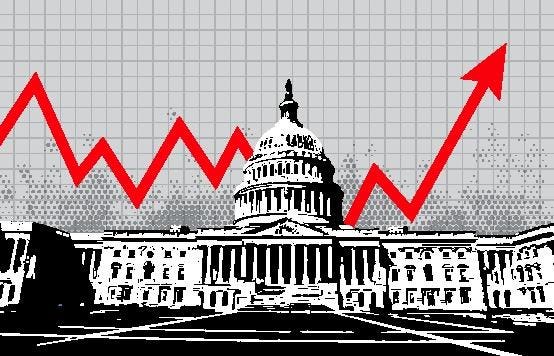With early voting already starting or soon to begin in many states, some investors wonder if they should change their stock exposure based on who wins the Presidential election on November 5.
Looking at the stock performance during the terms of the last eight Presidents, which consisted of four Democrats and four Republicans, does not clearly show any stock market advantage to either party. Interestingly, the S&P 500’s annualized return during Obama’s and Trump’s presidency was an identical 16.3%. If one considers Kamala Harris’ possible administration as a continuation of Biden’s term, his leadership has clocked in with a respectable 12.0% annualized return through September 30.
An analysis of stock returns under the various interactions of control of Congress and the executive branch provides no discernable trend in performance. However, because it makes logical sense, a case could be made for generally better stock returns when the parties have divided control. Divided power should, in theory, serve as a check on the worst impulses of each political party.
But how do stocks tend to perform in the short term after the election? In the wake of the last eighteen elections, the median return on the S&P 500 from election day to the end of the year was 3.5% and had a positive return two-thirds of the time. Again, there is no clear edge for either political party.
Digging for clues during the current election using the odds of victory from Polymarket for Vice President Kamala Harris versus former President Donald Trump, stocks have been unperturbed regardless of the candidate expected to be victorious. Polymarket is a venue for wagering on the outcome of various events, including elections. When Harris became the presumptive nominee on July 22 through October 1, which included improving odds and becoming the favorite to win, the S&P 500 rose 2.6%. From October 1 to 29, as Trump’s fortunes rose and he became the odds-on favorite, stocks rose 2.2%.
If politics aren’t the driving force behind stocks, what is? Stocks have the highest long-term annualized return of any asset class because they involve ownership in a growing earnings stream of U.S. companies. Further, these earnings have grown faster than inflation, boosting investors’ real wealth.
While earnings and stock prices can diverge over shorter periods, the long-term connection between the two is unmistakable.
While the short-term path of stocks is always unknown and subject to human emotion, the evidence unmistakably shows that investors should not make investment decisions based solely on their political beliefs. Given the stock valuation levels after the robust stock gains, it is reasonable to consider rebalancing to an appropriate risk level, especially in light of possible higher capital gains tax rates next year. Still, politics is not a sound reason to make an allocation change.
Read the full article here

